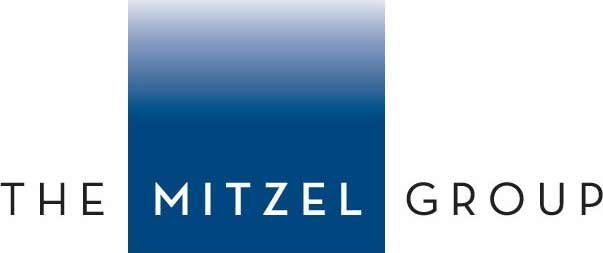In the last 20 months, the average work environment has changed drastically. As more jobs are being filled from living rooms and home offices in states other than where your headquarters sit, the absence of shared physical space has shifted employee interaction. A traditional workplace provides separation between work and personal life. Working remotely blurs the line both mentally and physically. Personal information can spill through settings and background noise that makes some employees vulnerable. While technology has made it easier to connect in many ways, video conferences and phone calls can pull the curtains back on home life in an undesirable way with unexpected consequences.
It is simple to assume that workplace harassment would fade when employees went remote. However, business owners are dealing with harassment claims in a new context. Employees are less equipped to handle inappropriate comments on calls, texts, or unmonitored platforms. There is a lack of accountability when one isolated employee is harassing another versus being in a supportive workplace that dissuades such behavior.
Here is a breakdown of proactive changes you can implement in your business:
- Put your money where your mouth is. In-person training sessions are much more interactive and people actually learn something, as opposed to clicking through a boring, taped presentation. Invest in discussing these important topics and digesting them in a real way. That increased investment will decrease your harassment complaints in the long run and will highlight that you care for employees and contribute to creating a positive culture.
- Ensure your harassment prevention policies reflect your new hybrid work arrangements. Consider updating these policies when updating your handbook at the end of the year. Remember that even with a remote work force, it is still necessary to remain compliant with harassment training for your employees and supervisors/management team.
- Meet more frequently with employees in a private one-on-one setting to understand how they are really doing. COVID has been extremely hard for everyone. Performance issues may be highlighting these personal hardships. While you don’t want to interfere or overly insert yourself in your employees’ personal lives, offer support to employees struggling to focus while working from home, experiencing depression, or other challenges. There are various employee support programs, training opportunities, or connections that could help. You’d be surprised how much a quick check-in conversation can help remedy the problem and show your employee that you care.

